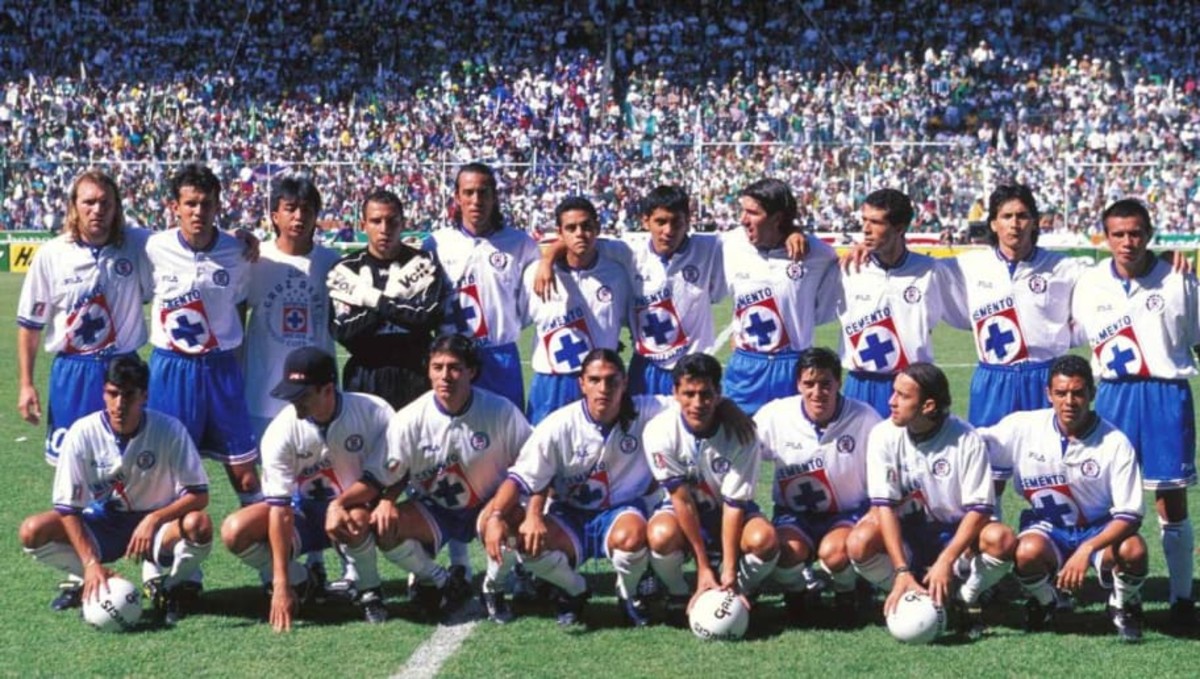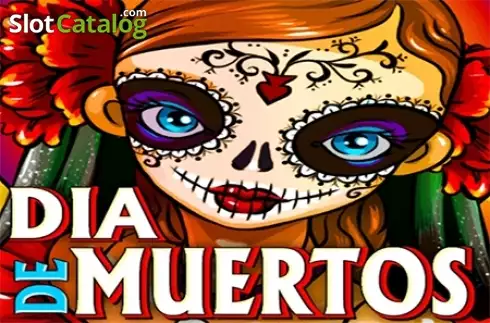Dia Gambling Statistics
- Dia Gambling Statistics 2018
- Dia Gambling Statistics Illinois
- Dia Gambling Statistics 2019
- Dia Gambling Statistics 2020
- About problem gambling
- Measures to limit problem gambling
- Regulatory agency roles
- Gambling host responsibility
- Support services for problem gamblers
- Research and other useful resources
About problem gambling
The WHO Global Health Estimates provide a comprehensive and comparable assessment of mortality and loss of health due to diseases and injuries for all regions of the world. The latest WHO assessment of deaths by cause are available below. Due to changes in data and some methods, latest estimates are. These provide useful context for some of the current statistics. In this section Venues operating when Gambling Act was commissioned. Datasets showing lists of societies, venues and numbers of machines in 2001 and 2003 – when the Responsible Gambling Bill was announced, and when it passed into law as the Gambling Act. Venues and gaming. Discover all statistics and data on Gambling Industry in the U.S. Now on statista.com! Try our corporate solution for free! Executive Summary. The 2020 holiday season will be unlike any other. The pandemic looms over everything, creating economic headwinds, complicating the supply chain, and altering consumer shopping patterns, making this year unpredictable at a time when the stakes have never been higher. Gambling: distribution of interactive gaming market in 2015, by region Europe: online proportion of the gaming market 2003-2020 Europe: distribution of internet gaming in 2015, by game.
Problem gambling is gambling that causes or may cause harm to an individual, his or her family, or the wider community.Problem gambling is most commonly associated with gaming machines. Approximately two in five regular gamblers on gaming machines experience problems with gambling.
Sometimes the harm may result from just one gambling session. In other cases, it might be the result of regular gambling sessions over a period of time and involving substantial amounts of money.
The harmful effects of problem gambling can include:

- Financial problems
- Problems at work (ranging from poor performance to fraud)
- Poor parenting and other relationship problems
- Family violence
- Alcohol abuse
- Mental health problems
- Suicide.
Measures to limit problem gambling
A key intention of the Gambling Act 2003 is controlling the growth of gambling, and preventing and minimising the harm caused by gambling.Dia Gambling Statistics 2018
To support this, the Gambling (Harm Prevention and Minimisation) Regulations, last amended in March 2015, contain a range of measures including:- Restrictions on venues suitable for operating gaming machines
- No automated teller machines (ATMs) allowed in the gambling area of a venue
- Maximum stake and prize limits for gaming machines
- A feature on each gaming machine which interrupts play at intervals of not more than 30 minutes of continuous play (the messages display information about the duration of play, amount of money spent and net wins or losses)
- Restrictions on jackpot branding and advertising
- Requirement to give venue staff problem gambling awareness training
- Requirement to make information about problem gambling available to patrons
- Ability for venue staff to issue exclusion orders to patrons
Problem gambling levy
Problem gambling services are funded through a levy on gambling operators. The levy is collected from the profits of New Zealand’s four main forms of gambling: gaming machines in pubs and clubs; casinos; the New Zealand Racing Board and the New Zealand Lotteries Commission.The Ministry of Health is responsible for the prevention and treatment of problem gambling, including the funding and co-ordination of problem gambling services.
The current regulations came into force on 1 July 2016.
The levy rates are payable for the period from 1 July 2016 to 30 June 2019 (inclusive).
Regulatory agency roles
 The Department of Internal Affairs administers the gambling legislation (the Gambling Act 2003), licences gambling activities (except for casino gambling) and provides public information and education on gambling harm prevention and minimisation.
The Department of Internal Affairs administers the gambling legislation (the Gambling Act 2003), licences gambling activities (except for casino gambling) and provides public information and education on gambling harm prevention and minimisation.The Ministry of Health is responsible for funding and coordinating problem gambling services.
Gambling host responsibility
Venues which have gaming machines have a legal duty to minimise gambling harm. Venue staff also have certain responsibilities to keep gamblers safe.Gambling host responsibility has some challenges. It’s important to know what the signs of harmful gambling are and how to check in with gamblers about whether they’re ok.
The Health Promotion Agency, in partnership with the Department of Internal Affairs and the Ministry of Health, have developed a Gamble Host Pack with resources to support venue staff meet their host responsibility requirements. Resources in this pack include:
Dia Gambling Statistics Illinois
- Gambling Host Responsibility - Guidance for venue staff
- Gambling Harm Reference Resources
- Everyday Tips for Gambling Hosts
- Posters and Leaflets
- Gambling Harm Logbook Template
Problem gambling awareness training
The Gambling (Harm Prevention and Minimisation) Regulations 2004 require that Class 4 licence holders provide problem gambling awareness training to the venue manager and any other staff, so to ensure there is always a trained person at the venue whenever the pokies are available.It is leading practice that training is available to all staff members who have regular contact with gamblers.
A person who is trained should be able to identify signs of problem gambling, and know how to approach a gambler who is experiencing harm.
The Gamble Host Pack has useful resources to help operators and staff in their problem gambling awareness training. The pack includes a clear checklist of the most common signs of problem gambling and tips of how staff can interact with gamblers they’re concerned about.
 The Department can also help operators by providing information about problem gambling awareness training for staff and the legal harm prevention and minimisation requirements. If you’d like more information please contact the Gambling Group.
The Department can also help operators by providing information about problem gambling awareness training for staff and the legal harm prevention and minimisation requirements. If you’d like more information please contact the Gambling Group.- See also: Fact Sheet 32: Problem Gambling Awareness Training
Signage for pubs, clubs and casinos
All pubs and clubs with gaming machines and casinos must have problem gambling pamphlets and signs in their venues.Regulation 11 of the Gambling (Harm Prevention and Minimisation) Regulations 2004 requires this information to be displayed and available to players.
The Gamble Host Pack includes posters and leaflets to help meet these requirements and can be printed from the links below:
- Harm Minimisation Poster A3 (PDF, 88KB)*
- Harm Minimisation Poster A4 (PDF, 88KB)*
- Harm Minimisation Wallet Leaflet (PDF, 95KB)*
- Harm Minimisation Brochure (PDF, 113KB)*
Support services for problem gamblers
Self Exclusion Orders
If you think you, or someone you know, may have a gambling problem you may like to consider self-excluding (or talking to your relative / friend about self-excluding) from a gambling venue(s).Self-exclusion means that if a patron identifies him or herself as a problem gambler they can ask a gambling venue(s) to exclude them from the gambling area of the venue(s) for a period of up to two years.
Multi Venue Exclusion
Multiple Venue Exclusion (MVE) is an extension to single venue self-exclusion. It allows gamblers to self-exclude from multiple venues without having to visit each individual site.It has been used as an intervention tool in New Zealand since 2004. Since then MVE has evolved and expanded to most parts of the country.
A Multi Venue Exclusion is generally initiated by a problem gambling service provider on behalf of a client who has opted to self-exclude from the gambling venues of their choice. If a gambler requests self-exclusion at a venue, the venue manager must exclude the individual immediately and should help them contact the local MVE coordinator and exclude that gambler from their venue.
Once the exclusion process is initiated, it is a criminal offence to breach an exclusion order and a gambler may face a fine of up to $500 (Section 312, Gambling Act 2003).
Failure by a venue manager to prevent an excluded person entering the gambling area or removing them is also a criminal offence. The penalty for venue managers, or a person acting on their behalf, is a maximum fine of $5,000.
To avoid a conviction venue staff need to prove:
- Suitable harm minimisation procedures and measures were in place; and
- The procedures and measures were being implemented.
- Report: Multi Venue Exclusion Recommendations - August 2016 (PDF, 486KB)
- Report: Multi Venue Exclusion Recommendations - August 2016 (.DOCX, 213KB)
Support Services for Problem Gamblers
If you think you or someone you know may have a gambling problem, talking to someone can help. Find a problem gambling service near you.- Contact details for problem gambling services around the country (www.health.govt.nz)
Research and other useful resources
Key facts based on research and other data:AUT problem gambling conference presentation about ensuring that gambling operators maintain an appropriate focus on the safety requirements of the Gambling Act 2003:- International Gambling Conference - The Regulators' Challenge: Looking Forward (22 February 2008) (PPT, 100K)**
*You need Adobe Reader installed on your computer to view our files. If you are unable to open the files we recommend you get the latest version of Adobe Reader. You can download and install Acrobat Reader for free from the Adobe website.
**
 This document is in Microsoft PowerPoint (PPT) format. You need to have Microsoft PowerPoint viewer installed on your computer. You can download a free version from the
This document is in Microsoft PowerPoint (PPT) format. You need to have Microsoft PowerPoint viewer installed on your computer. You can download a free version from the Dia Gambling Statistics 2019
Microsoft site.There are quite a few interesting facts and statistics about casino gambling in California that might be of interest to players and those simply involved in observing various aspects of the industry. Some of the more intriguing statistics paint the picture of what gambling is like in California and those who participate. The following takes a closer look at these. Various studies have been done in the state, administered by reputable parties such as the UCLA Gambling Studies Program and other professional state and private agencies involved in researching and providing support to gamblers in the California. You can learn more about some of these agencies in our page that covers gambling resources for California residents.
General Gambling Statistics in California
When looking at a comprehensive study that was held in 2006, it is shown that nearly 83 percent of residents of California have participated in gambling during their lifetime, with just over 58 percent of California adults having done so in the previous year. Over 20 percent of those polled say that they gamble at least once per month. When looking directly at the specific types of gambling, six out of ten adults in California have gambled at a casino, which is just below the seven out of ten that have played the lottery, making casino gambling the second most popular form of gambling in the state.
The common age group for those participating in casino gambling in California is 30-64, the amount of which is substantially higher than the age bracket of 18-29. As of the time when the study took place, gambling among Hispanics and Asians was lower overall than among Whites and African Americans. When identifying gambling patterns among California residents, 35 percent of respondents has gambled within the past year as opposed to the amount of gamblers that do so at least weekly, which is just around 10 percent. It’s also interesting to note that casino gamblers are more likely to have graduated college and be earning over $50,000 in annual household income.
Dia Gambling Statistics 2020
Indian Casino Gambling Facts in California
There are also a wide range of interesting facts about tribal casinos in California. For one, they pay much lower taxes than those of standard casinos, as federal law protects their tribal properties. In general, they simply don’t receive as many types of gambling taxes as other casinos. It’s also important to note that Indian reservation casinos weren’t really that established of an industry until the 1970’s in the United States and the 1980’s in California. In such a short time, it has already turned into a massive industry. In California, there are between 40 and 50 different Indian tribes that own and run Indian reservation casinos. In relation to the rest of the United States, this covers about 25 percent of all Indian tribes that have a stake in building casinos on their land.
You will also find that the Indian casino gambling industry has grown at a much larger rate than traditional casinos. In fact, between the years of 2000 and 2010, Indian casino gambling grew at around eight times faster than its counterpart. California is also among a handful of states, including New York, Michigan, Oregon and Wisconsin, that has sent in applications to the BIA for gambling on off-reservation sites, though these applications have yet to be accepted. California also has more Indian tribe casinos than any other state within the United States. In total, these casinos earn well over $6 billion per year in revenue, which is a staggering sum. It might also be interesting to know that the Chumash Casino in Santa Barbara County is one of the more diverse Indian casinos in the United States, as it hosts over 3,500 visitors per day, with most of these visitors being Hispanic, while many of the employees are also non-Indian.
Statistics Concerning Online Casino Gambling in California
At this time, we were unable to locate documented online casino gambling statistics relevant to the state of California. There simply hasn’t been the type of research conducted on playing California online casino games as there has been for the brick and mortar gambling entertainment. We suspect that as California moves towards legalizing state regulated online gambling that this will change and that various gambling studies research teams at UCLA will jump at the chance to incorporate a new gambling venue into their program. At such time as those types of statistics start showing up, we will add them to this page.